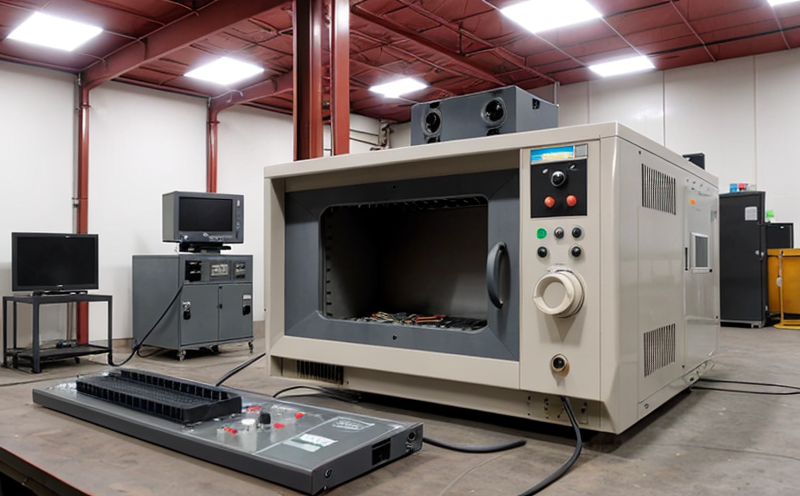ASTM F1166 Human Factor Safety Testing for Industrial Systems
The ASTM F1166 standard is designed to assess the human factor safety of industrial systems. This comprehensive testing ensures that equipment and systems are designed with ergonomic considerations in mind, reducing the risk of operator error or injury during operation.
Human factors engineering focuses on understanding how people interact with machines, tools, and environments. In industrial settings, this is crucial to avoid accidents and operational inefficiencies caused by design flaws. The ASTM F1166 standard provides a framework for evaluating the human-machine interface (HMI) aspects of industrial equipment.
Testing under this standard typically involves assessing various elements such as control panels, operator interfaces, and safety mechanisms. It ensures that these components are intuitive, safe to use, and meet ergonomic design criteria. The goal is to minimize the potential for errors or unsafe actions by operators when using industrial systems in high-risk environments.
The testing process under ASTM F1166 involves multiple steps aimed at identifying any potential hazards associated with the system's operation. This includes evaluating how easily an operator can understand and use controls, as well as ensuring that safety features are clearly visible and accessible during critical operations. The standard also addresses issues related to visibility, auditory signals, lighting conditions, and other factors that could impact user performance.
One of the key aspects of ASTM F1166 testing is its emphasis on real-world usability scenarios. Engineers conducting these tests must simulate typical work situations where operators would interact with the system. This helps in identifying any design flaws or ergonomic issues before they become serious problems in actual use. By incorporating feedback from end-users throughout the development process, manufacturers can ensure that their products meet high standards of safety and efficiency.
Another important aspect of ASTM F1166 testing is its focus on minimizing risks associated with human error. Industrial systems often involve complex machinery and processes that require precise operation to function correctly. Any mistake made by an operator could lead to catastrophic failures or accidents, highlighting the need for thorough evaluation using this standard.
Testing under ASTM F1166 also helps manufacturers comply with regulatory requirements set forth by relevant authorities like OSHA (Occupational Safety and Health Administration) in North America or similar bodies worldwide. Meeting such standards not only protects workers but also enhances overall product quality and reputation among customers seeking reliable, safe solutions for their operations.
Applied Standards
| Standard | Description |
|---|---|
| ASTM F1166-05 | This version of the standard covers general requirements for assessing human factors in industrial systems, focusing on control panels and operator interfaces. |
| ISO 12431:2018 | An international equivalent that provides guidelines for ergonomic design of control systems to improve usability and reduce errors. |
Industry Applications
- In manufacturing plants where heavy machinery is operated by multiple shifts over long hours.
- For construction equipment that requires precise control during critical tasks like lifting loads or operating cranes.
- In process industries such as oil refining, chemical processing, and pharmaceutical production where continuous monitoring and adjustment are necessary for safe operation.
- Within logistics facilities handling large volumes of goods using automated systems involving complex human-machine interactions.
Environmental and Sustainability Contributions
The ASTM F1166 standard plays a significant role in promoting sustainable industrial practices by ensuring that equipment is designed with both functionality and operator safety in mind. By reducing the likelihood of human error through improved ergonomics, it contributes to lower accident rates and increased productivity within organizations.
In addition to enhancing worker safety, this testing also supports environmental conservation efforts by minimizing downtime caused by equipment malfunctions or user errors. When systems are more reliable due to better design thinking informed by ASTM F1166 principles, less energy is wasted through unnecessary restarts or troubleshooting sessions.
The standard's emphasis on reducing risks associated with human error translates into cost savings for businesses as well since they experience fewer accidents leading to medical expenses and lost workdays. Moreover, compliant products tend to have longer lifespans because of their robust construction designed specifically considering the needs of end-users.





